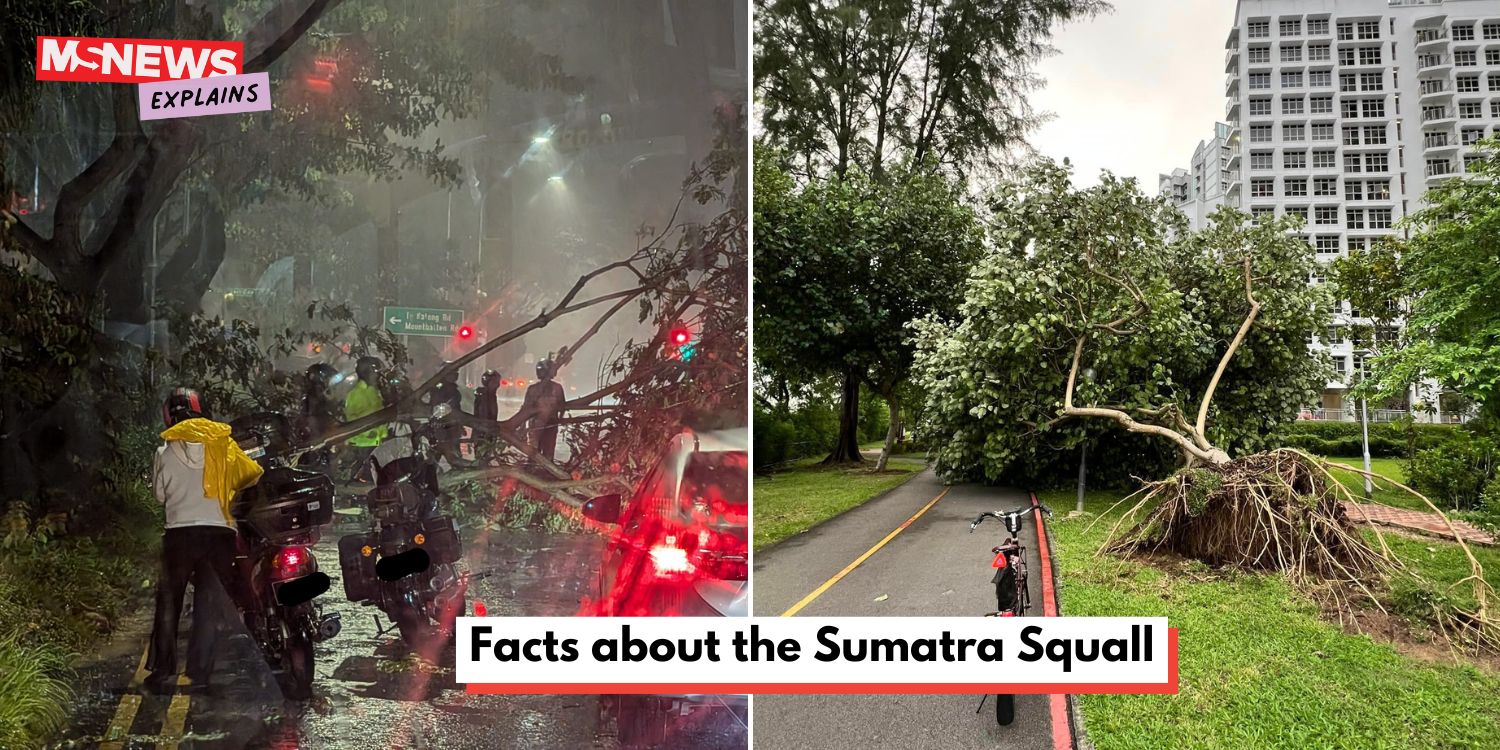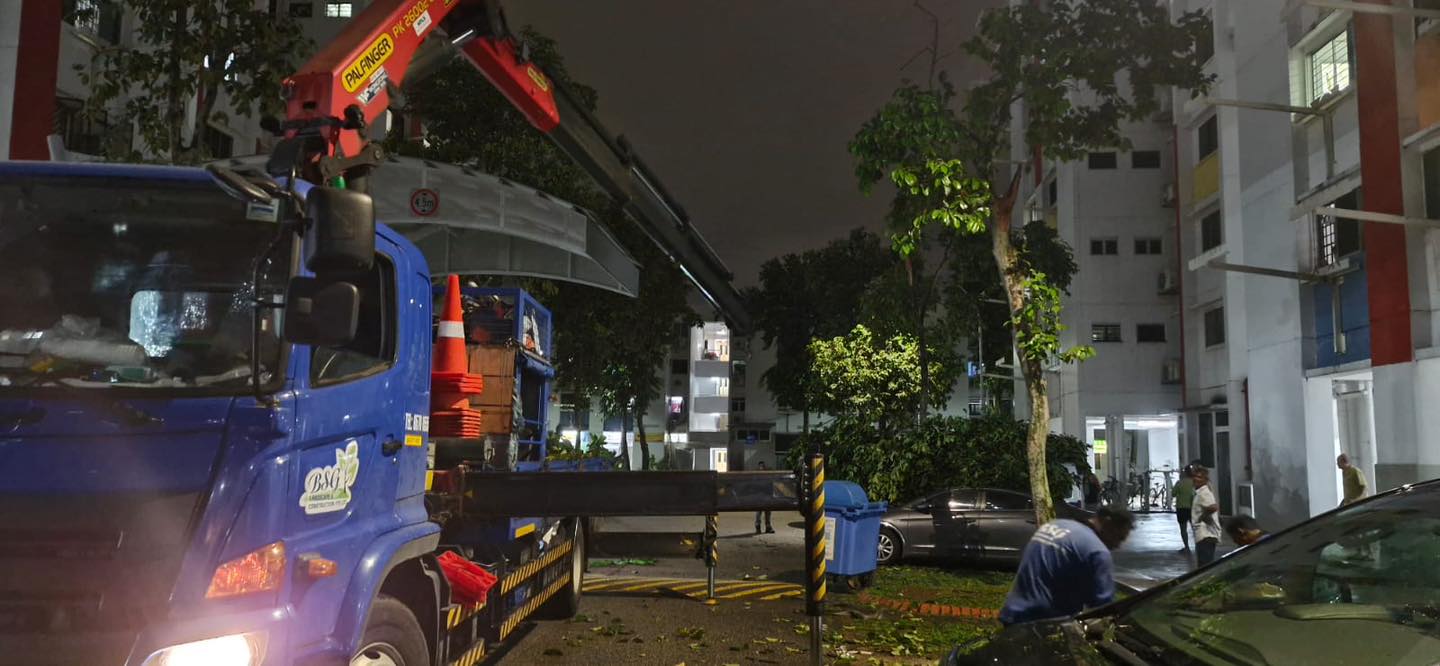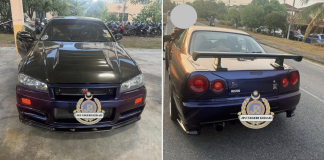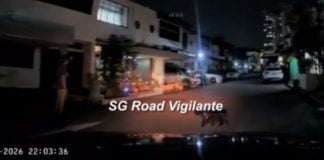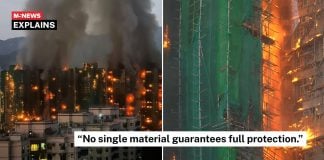The reason behind the storm that hit Singapore on 17 Sept
A sudden and intense storm took Singapore residents by surprise on Tuesday (17 Sept) evening after a relatively dry day.
Apart from the heavy rain, the Meteorological Service Singapore (MSS) under the National Environment Agency (NEA) reported winds of up to 83.2km/h.
The storm left damaged buildings, uprooted trees, and injured pedestrians in its wake.
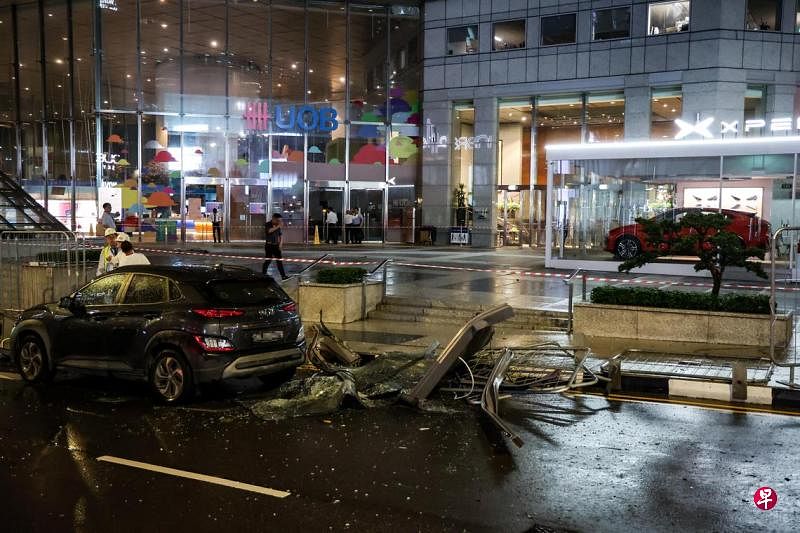
Source: Lianhe Zaobao
At Raffles Place, for instance, two were sent to hospital after glass panels and metal debris fell outside UOB Plaza.
Speculation that the storm was due to a ‘Sumatra squall’ circulated quickly on social media after the sudden typhoon-like conditions on the island.
Government agencies have since confirmed that this was the cause of Tuesday’s out-of-the-blue phenomenon.
What is a Sumatra squall?
A Sumatra squall is a line of thunderstorms that develops over the Indonesian island of Sumatra.
This line then moves eastwards over the Strait of Malacca, and typically leads to a sudden onset of strong gusty winds and heavy rain in Malaysia and Singapore.
These surface winds usually measure between 40km/h and 80km/h, with rainfall lasting one to two hours.
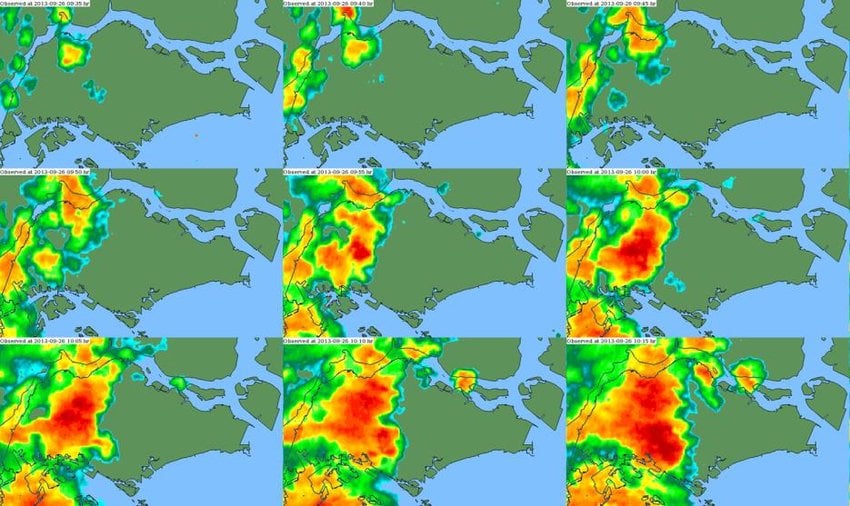
Source: ResearchGate
These squalls can take place from late March to May, between June and September, and from October to November.
The Sumatra squall on 17 Sept formed over the Strait of Malacca, said a spokesperson from MSS under NEA.
It then swept across Singapore rapidly from about 7pm to 8.30pm.
At East Coast Parkway, automatic weather stations recorded a highest wind gust of 83.2km/h at 7:33pm.
According to the Beaufort Wind Scale, this wind speed is classified as a “strong gale”, with the potential to cause slight structural damage.
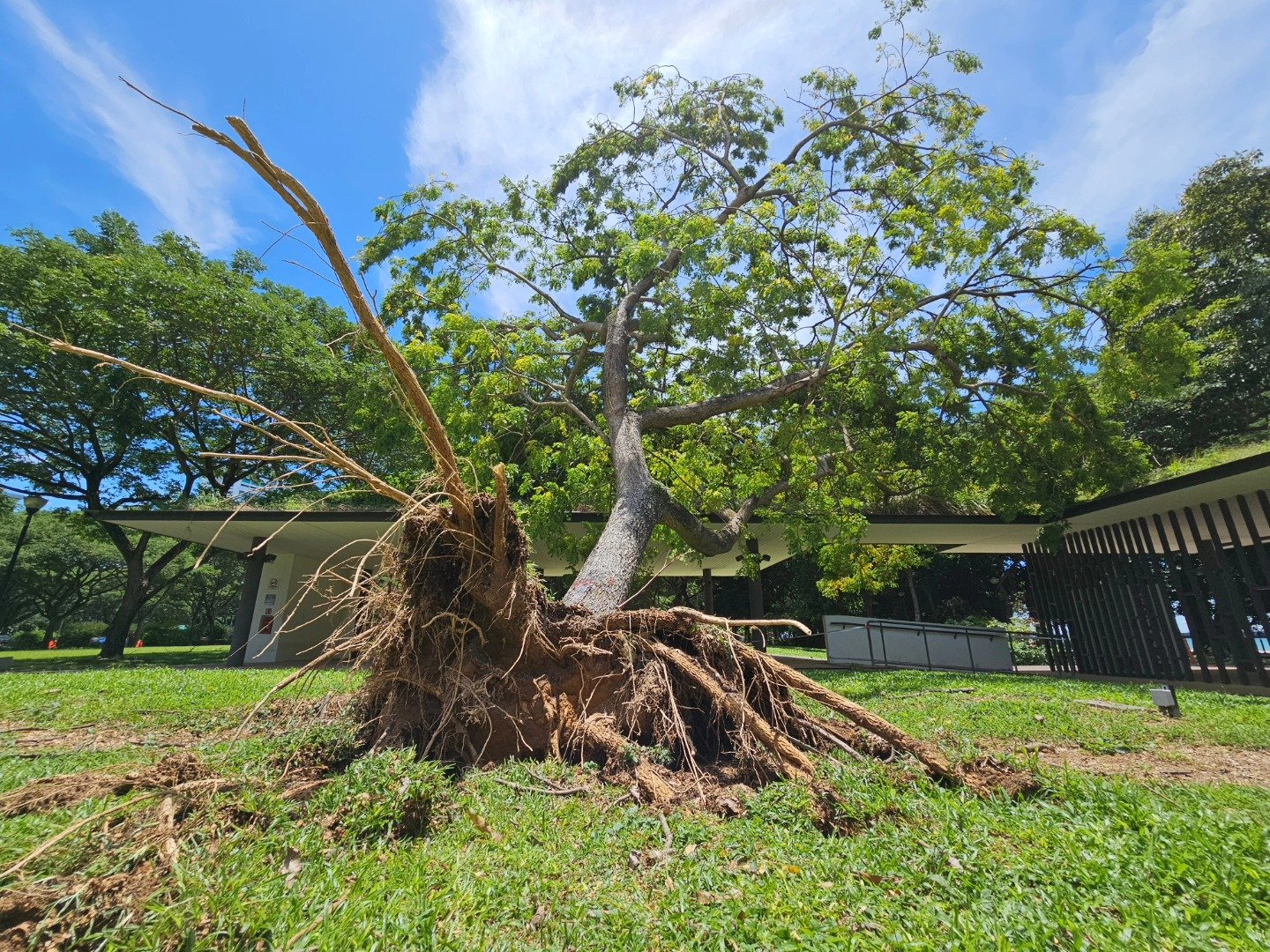
Source: Amaranthine Photos on Facebook
Other areas, including Pasir Panjang, Changi, Sembawang, and Seletar, also experienced wind gusts exceeding 70km/h.
Despite the high winds, the storm only led to about 10.3mm of average rainfall due to the rapid movement of the squall.
This is far less than Singapore’s highest recorded islandwide average rainfall of 35.44mm in September.
Has such a severe storm happened in Singapore before?
Sumatra squalls are not an uncommon phenomenon in Singapore.
In July 1983, a storm with winds up to 68km/h hit the island slightly after 5am — resulting in damage mostly to greenery.
Meanwhile, another squall in April 1989 caused flooding at Bukit Timah Road, Coronation Road, and Adam Road.
This storm occurred from 6.30am to 8am and stranded “thousands” of schoolchildren and office workers, according to a report by The Straits Times (ST).
A Sumatra squall in April 2009 saw police getting 400 calls about fallen trees; it also damaged a tower crane at a construction site in Orchard.
In fact, severe squalls have been recorded in Singapore as far back as 1910, when a disastrous storm sank boats and cargo, resulting in “loss of life”.
Preparing for future storms
That said, the most recent storm on 17 Sept is not to be taken lightly.
The National Parks Board (NParks) noted that more than 300 trees were affected, with most of these involving snapped branches.
The agency’s staff and contractors worked through the night to clear the debris.
Also out of the norm was the timing of the storm. The 17 Sept event occurred in the evening, while squalls typically happen overnight or in the early morning when many are still in the shelter of their homes.
As there’s a strong chance that such extreme weather may recur, there are some basic pointers that the public can follow to minimise injuries and casualties.
If you’re indoors, stay inside and preferably away from any glass doors and windows.
A squall will not last for long, and chances are you will not have to spend too much time waiting for the storm to pass.
Pedestrians out on the streets should seek immediate shelter.
NParks has also urged members of the public to avoid entering parks, nature reserves, and forested areas during and after bad weather.
Also read: Broken glass & metal debris fall on 4 cars in Raffles Place after storm, 2 people sent to hospital
Broken glass & metal debris fall on 4 cars in Raffles Place after storm, 2 people sent to hospital
Have news you must share? Get in touch with us via email at news@mustsharenews.com.
Featured image adapted from Ho Si Min on Facebook and Woon Taiwoon on Facebook.
